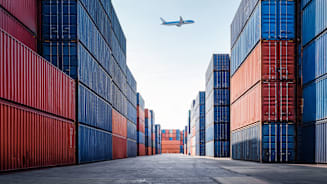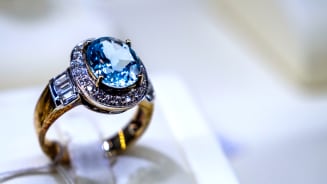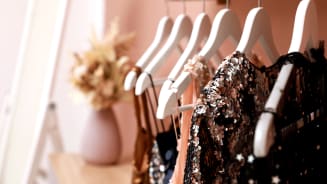The EU’s Corporate Sustainability Reporting Directive has also come into force — applicable from 2024 — which “modernizes and strengthens the rules concerning the social and environmental information that companies have to report6.” This will be applicable to more businesses, both large as well as listed small and medium enterprises. Much of this will also be superseded by the sustainability disclosures being developed by the International Sustainability Standards Board, highlighting that the direction of travel now, whether a private or listed business, will be a regulatory obligation to disclose climate risk.
Reputational Cost
Attention on ESG in the luxury goods sector is not as prominent as in other industries like transport, agriculture, and oil and gas. However, reputations can still easily be lost from failure to incorporate responsible business practices. More consumers — particularly those less driven by price — care about sustainability. It’s this conscious consumerism that is already challenging luxury goods firms to explain how they are marrying some of the materials they might use, such as leather, fur or precious metals, with their own environmental and ethical concerns. Luxury group Kering, for example, has been leading the way on the use of fur. The brand announced it would be entirely fur-free from 2022, and will also be looking into the viability of laboratory-grown leather.7 Further, luxury brands like LVMH have been investing in lab grown diamonds.8
The fashion industry as a whole will have to come together to drive change and teach new behaviors to consumers. Fashion consumers have been conditioned by the industry to believe, for example, that four collections a year are needed. Through increased transparency around the impact and environmental
footprint of such practices, the industry might be able to drive consumers to adopt more responsible buying behavior. So, for example, instead of buying 20 pieces at a lower price, consumers are encouraged to only buy five pieces a year at a higher price. This allows the positive effects of sustainability to flow down the supply chain. Increased consumer awareness will likely lead to a change in buying behavior, which in return will allow the brands to continue to invest in good quality materials and designs that are created to last and be passed on through generations.
Designing a Sustainable Future Through ESG
There is a great opportunity right now to set the tone and gain the competitive advantage, not just for being ESG-compliant, but for truly considering these different areas now without being forced to do so by regulation. At the very least, consumers increasingly demand it, and a business’s ability to raise funds for future investment will depend on it.








































































































































































































































































































































































































